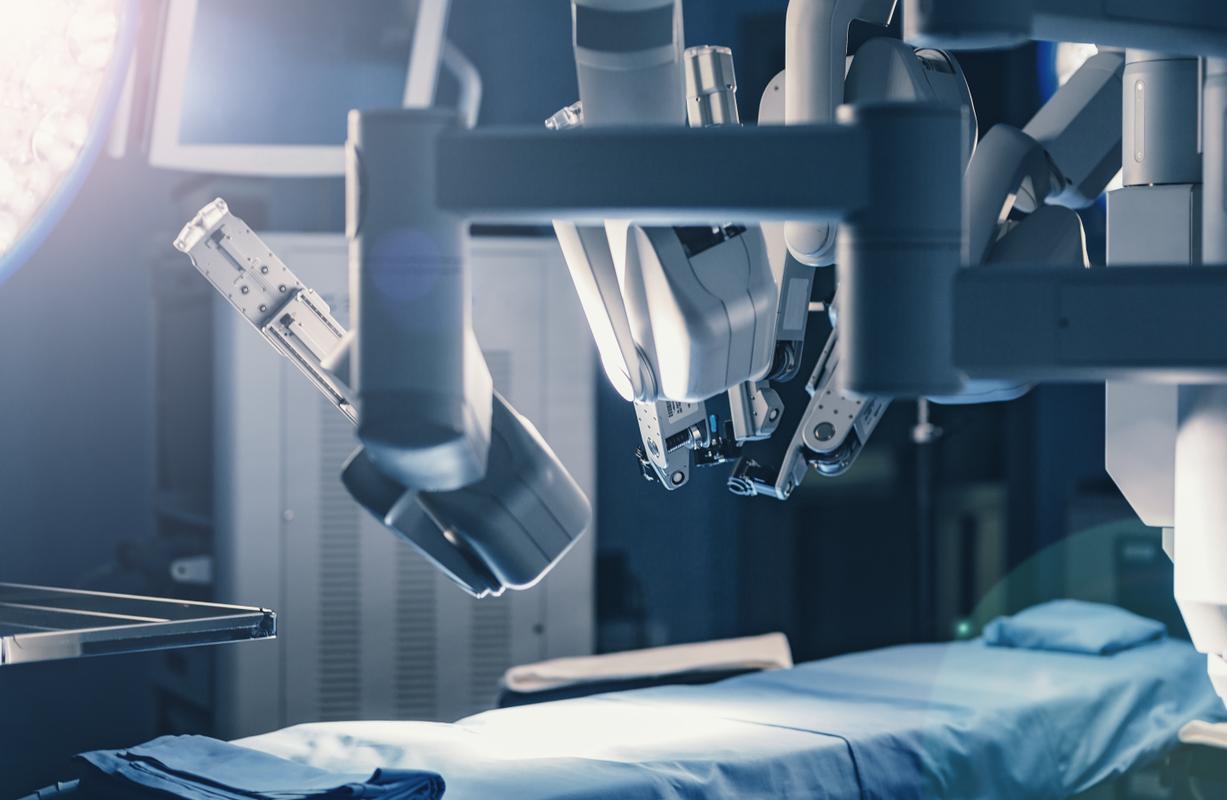After a breast amputation or mastectomy plastic surgeons reconstruct the breast with tissue from the patient's lower abdomen. Tissue from the area between the navel and the pubic bone is removed. The skin and underlying fat tissue, including a supplying and draining blood vessel are moved to the chest.
Protective muscle sheath
For earlier reconstructions with abdominal tissue (TRAM-flap) a part of the rectus abdominis was sacrificed in order to move the tissue and its vessels. Later the technique was modified and blood vessels were removed from the muscle (DIEP-flap) to preserve muscle activity. To remove a blood vessel from a muscle, surgeons had to make a 15 cm long incision in the muscle sheath, which surrounds and protects the muscle. This caused some discomfort for the patient, because damage to the muscular sheath can hinder muscle acitivity.
Two small incisions
Since a couple of years, UZ Leuven has been using a newer technique which limits the damage to the muscle sheath. Two small incisions are made: one at the navel and one at the public bone. At the navel, physicians look for the necessary blood vessels. These are pulled through the muscle sheath pouch and removed again through a small incision at the pubic bone.
Robot surgery
Recent research has shown that damage to the abdominal muscles could be limited even further if there was only an navel incision. This is possible with robot surgery. The procedure has already been performed on a number of patients in the USA and recently UZ Leuven has also started using this procedure as the only European hospital. “The new technique ensures faster rehabilitation and less immediate discomfort that can strongly hinder daily activities. E.g. patients suffered from muscle spams and had initially more difficulty getting up from a sitting position. With the new technique it is possible to limit the amount of scar tissue, reducing the rehabilitation time and ensuring that patients can restart their daily activities more quickly”, according to dr. Marc Vandevoort, plastic surgeon at UZ Leuven.
Future plans
Until now, three patients have been operated using robot surgery. In future, one patient a month could be operated with the new technique. In addition, a comparative trial will be set up to directly compare the new technique with classic techniques.
